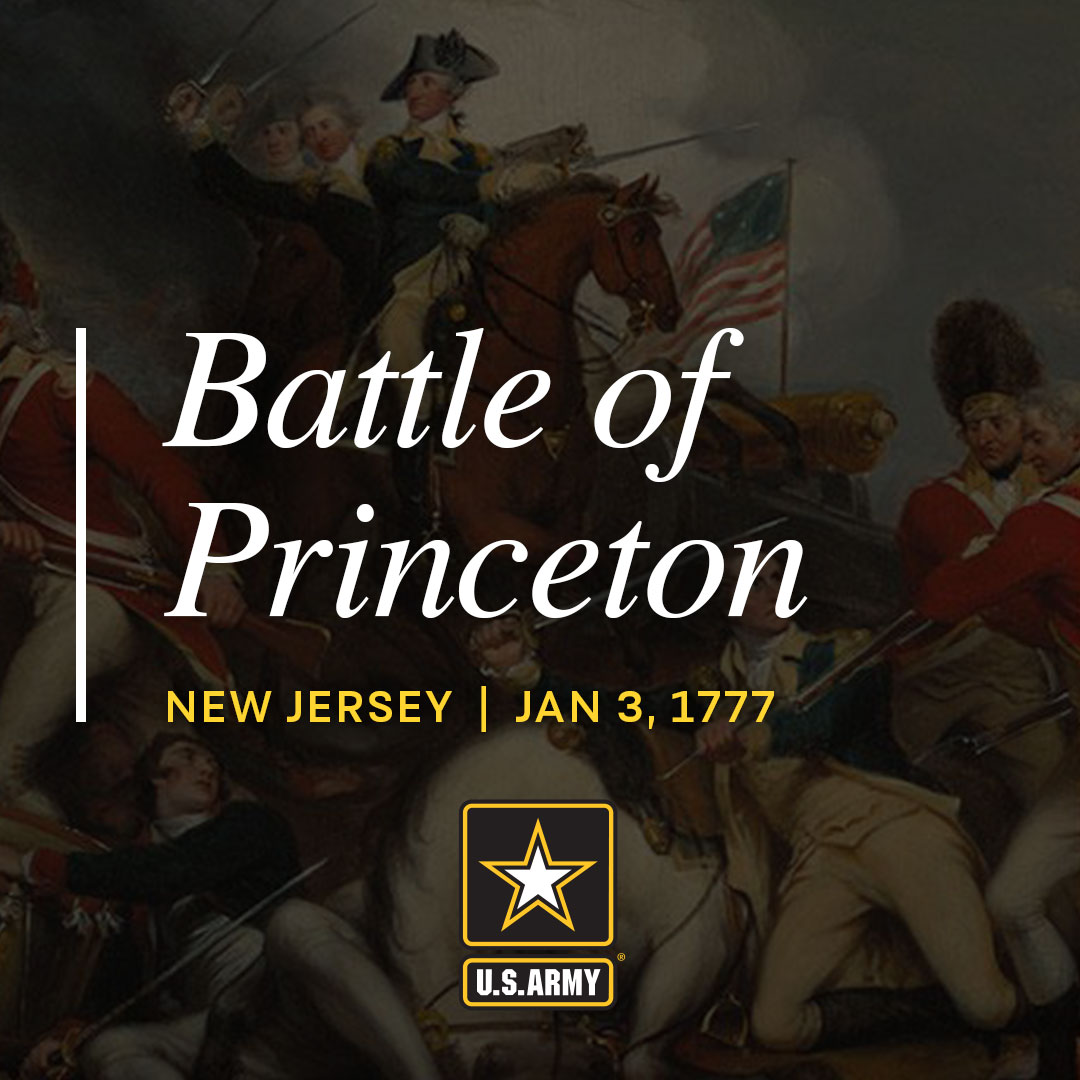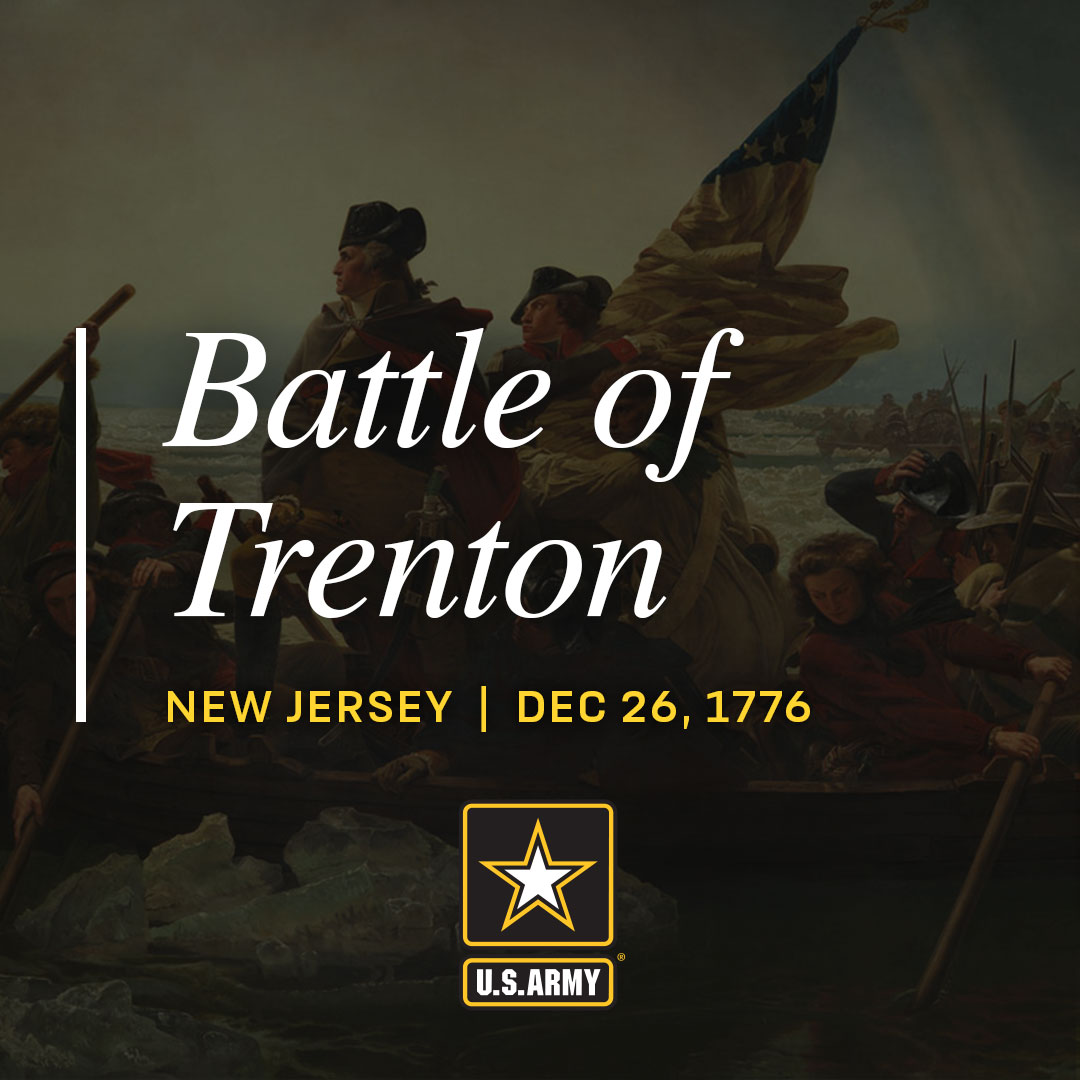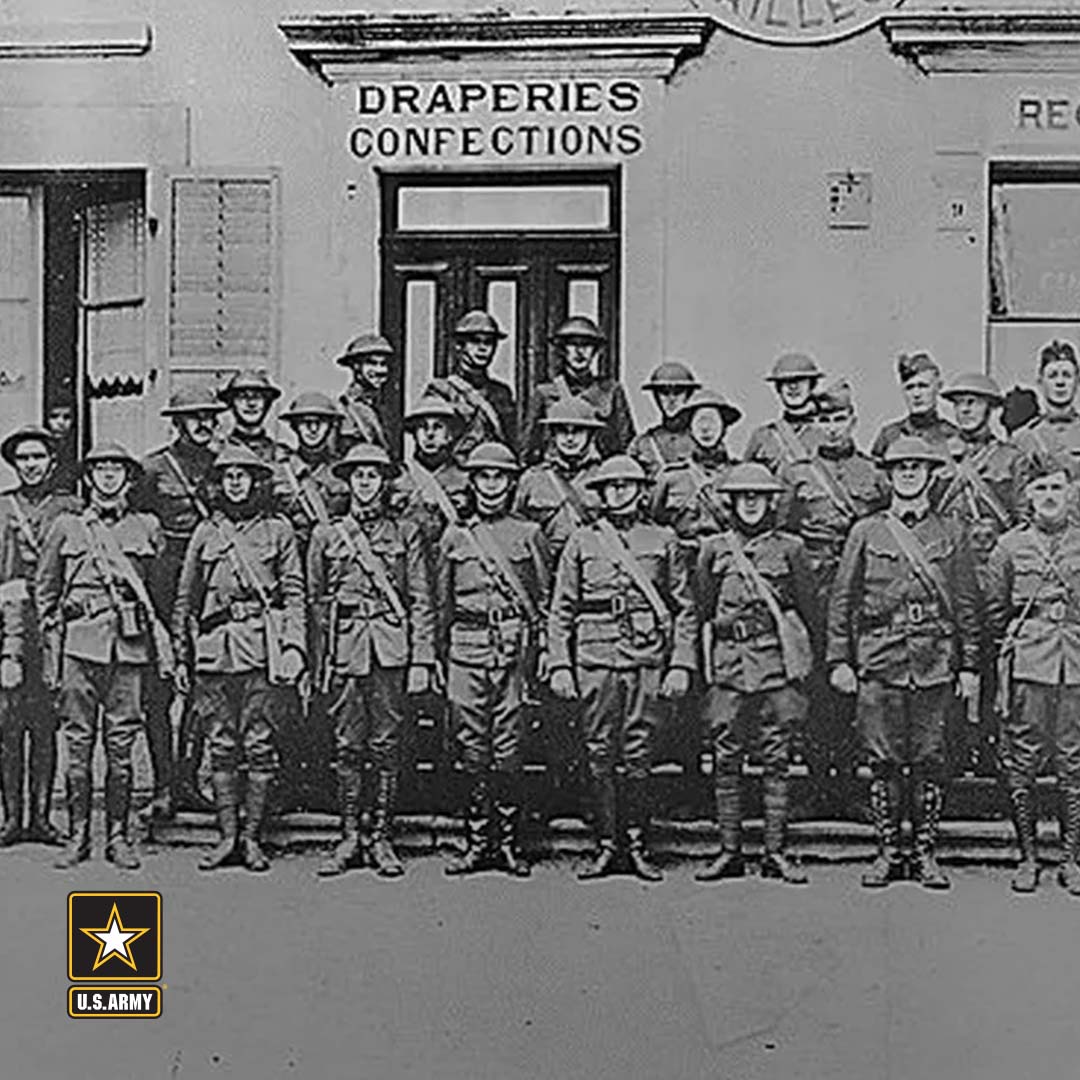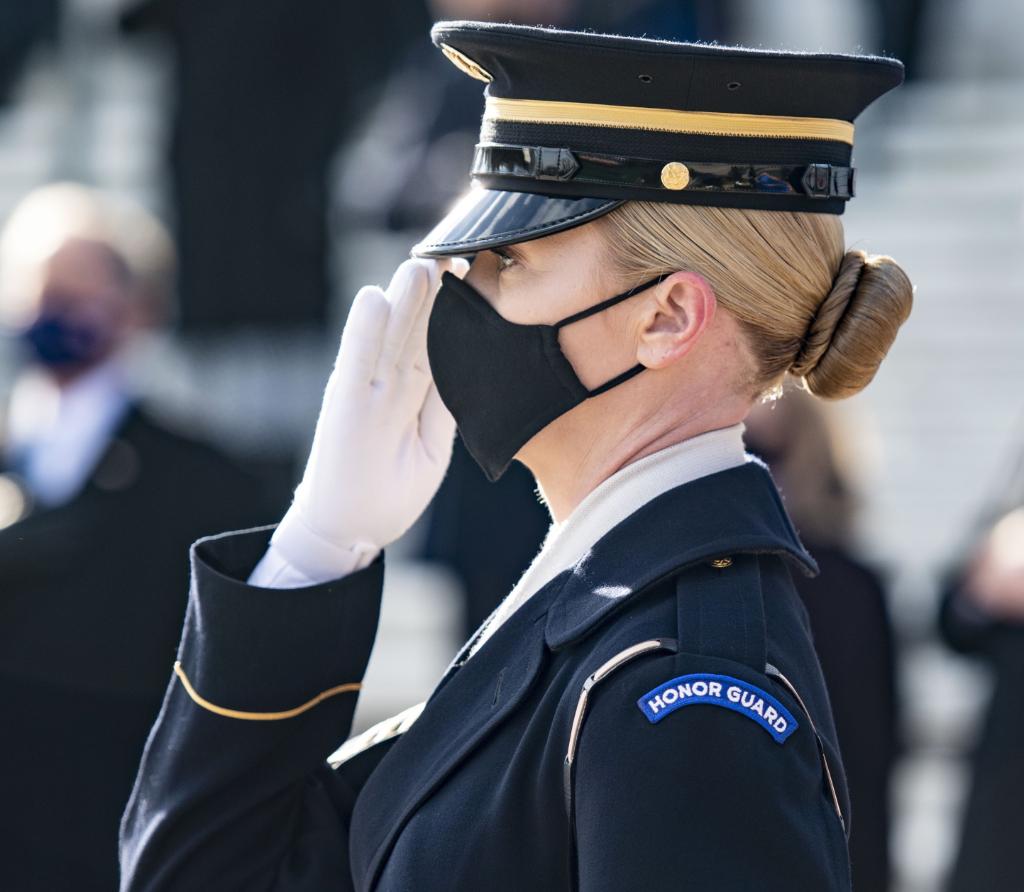
We continue The Story of Old Abe.
Many newspapers and Veterans groups wondered aloud "what would become of this famous, flesh and blood war relic?"
Many newspapers and Veterans groups wondered aloud "what would become of this famous, flesh and blood war relic?"

Upon his death, "Old Abe" was preserved and exhibited in the Capitol building's Grand Army of the Republic Memorial Hall until a fire destroyed the display in 1904.
Sadly, only a few of his feathers survived, carefully preserved by the Wisconsin Veterans' Museum in Madison.
Sadly, only a few of his feathers survived, carefully preserved by the Wisconsin Veterans' Museum in Madison.

Today, large sculptures of "Old Abe" stand atop the Wisconsin monument at Vicksburg, Miss., and atop the entrance to old Camp Randall, now the main entrance to the University of Wisconsin's football stadium. 

Since 1865, Wisconsin-based J.I. Case farm implement company has used "Old Abe" as part of their corporate logo. "Old Abe" also serves as the mascot of several Wisconsin high schools. 

Since 1921, "Old Abe's" head, in profile, has served as the shoulder sleeve insignia of the @101stAASLTDIV. 

A large-scale diorama of the 8th Wisconsin's Color Guard, complete with "Old Abe," is on exhibit in the atrium of the division headquarters building on Fort Campbell. 

• • •
Missing some Tweet in this thread? You can try to
force a refresh





















